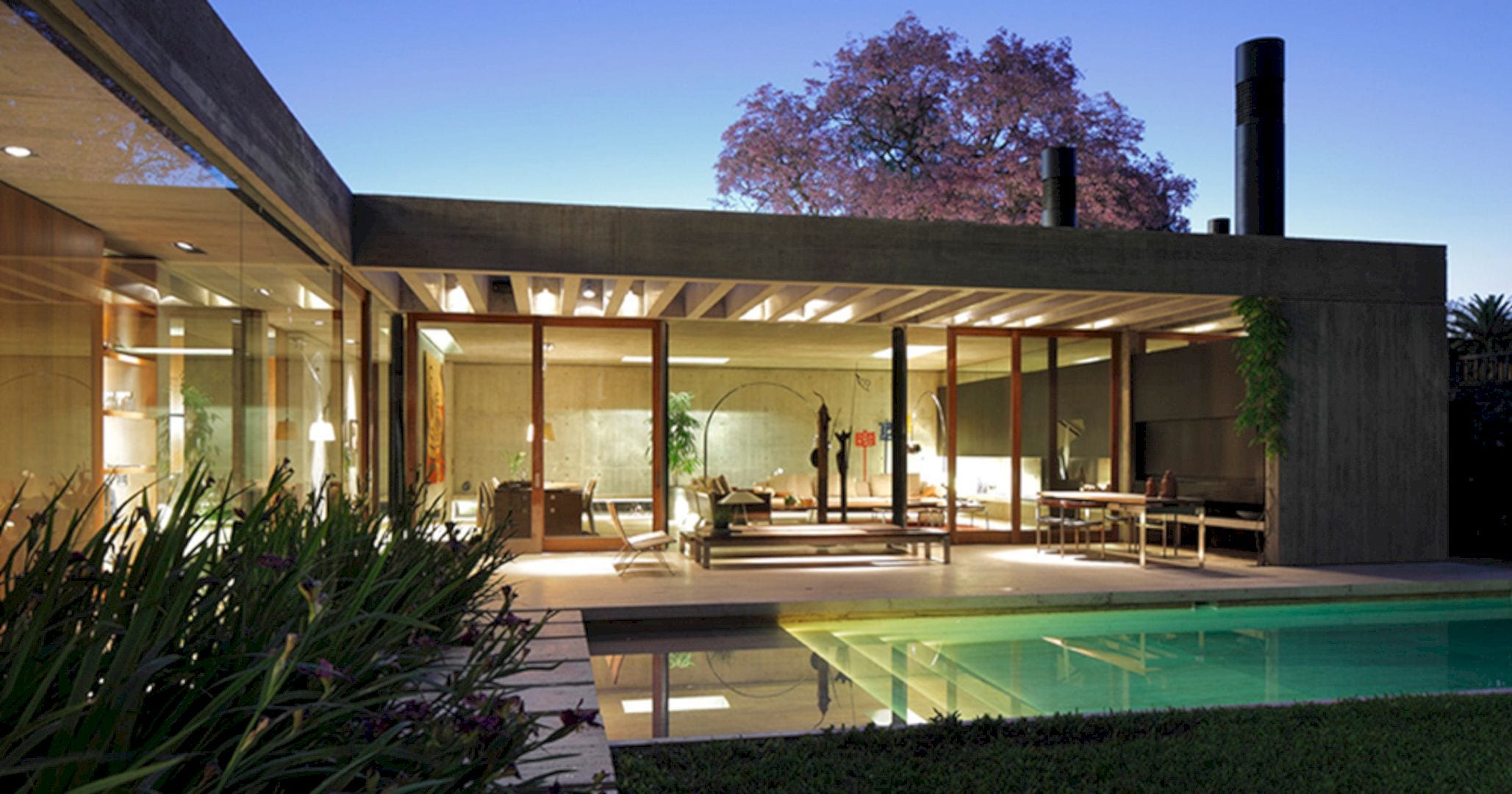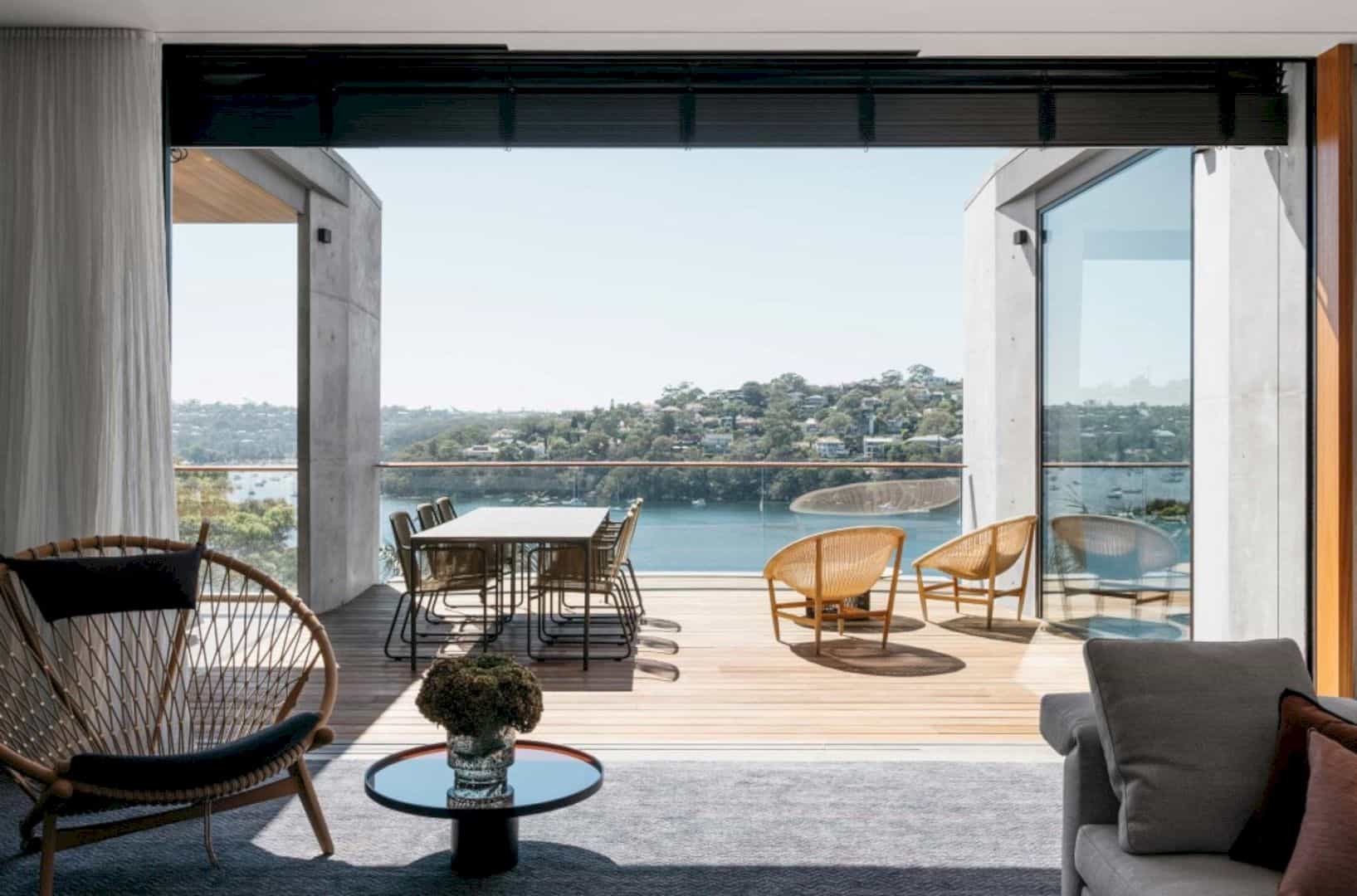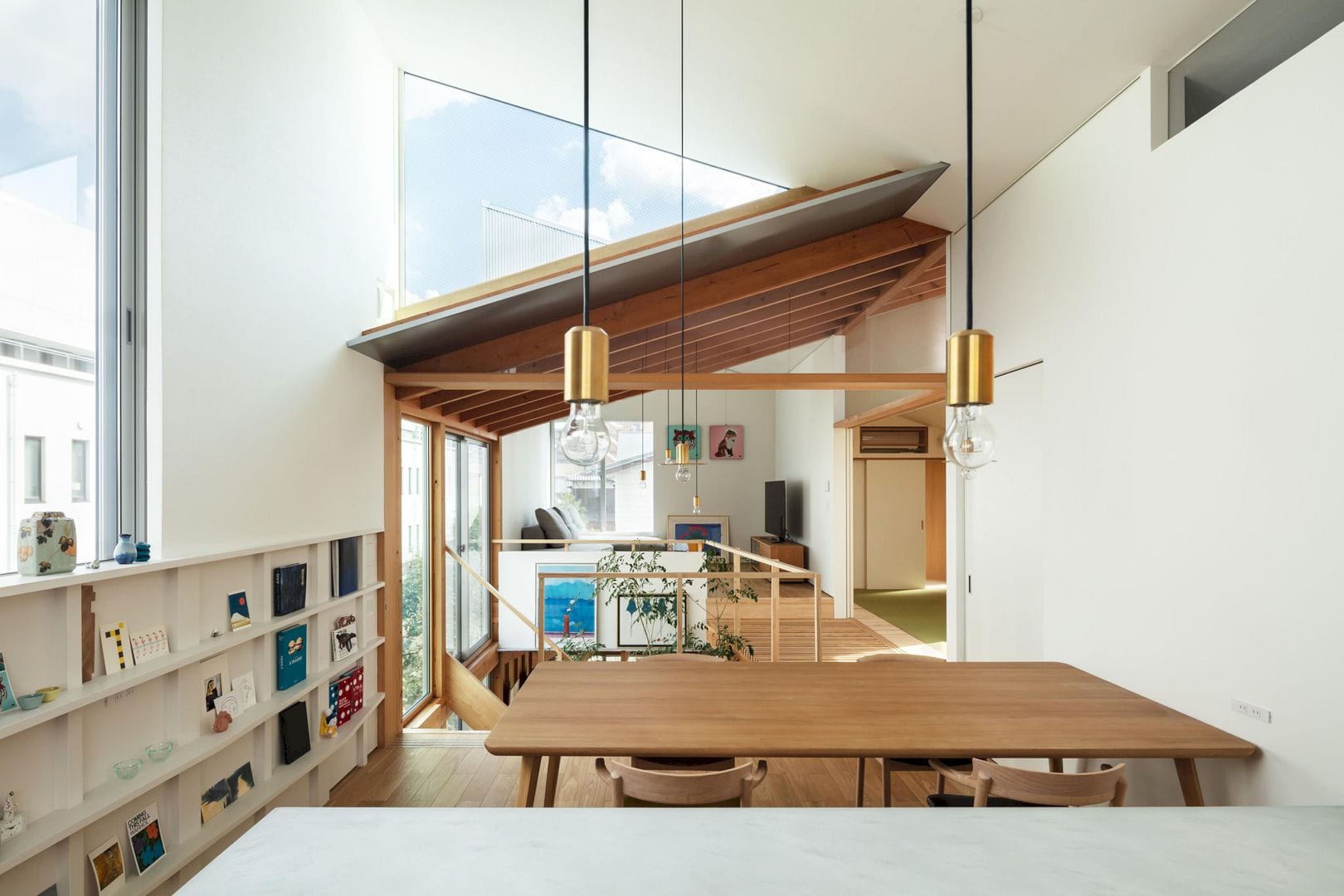In May 2016, Studio MK27 has been completed a large house project located over an “ocean of hills” typical of São Luís do Paraitinga region and isolated on a farm in the State of São Paulo, Brazil. Catucaba House is a project of a paradigmatic example with taking advantage of natural site conditions. With 300 sqm of the built area, the architect proposes efficient and self-sufficient systems for this house.
Design
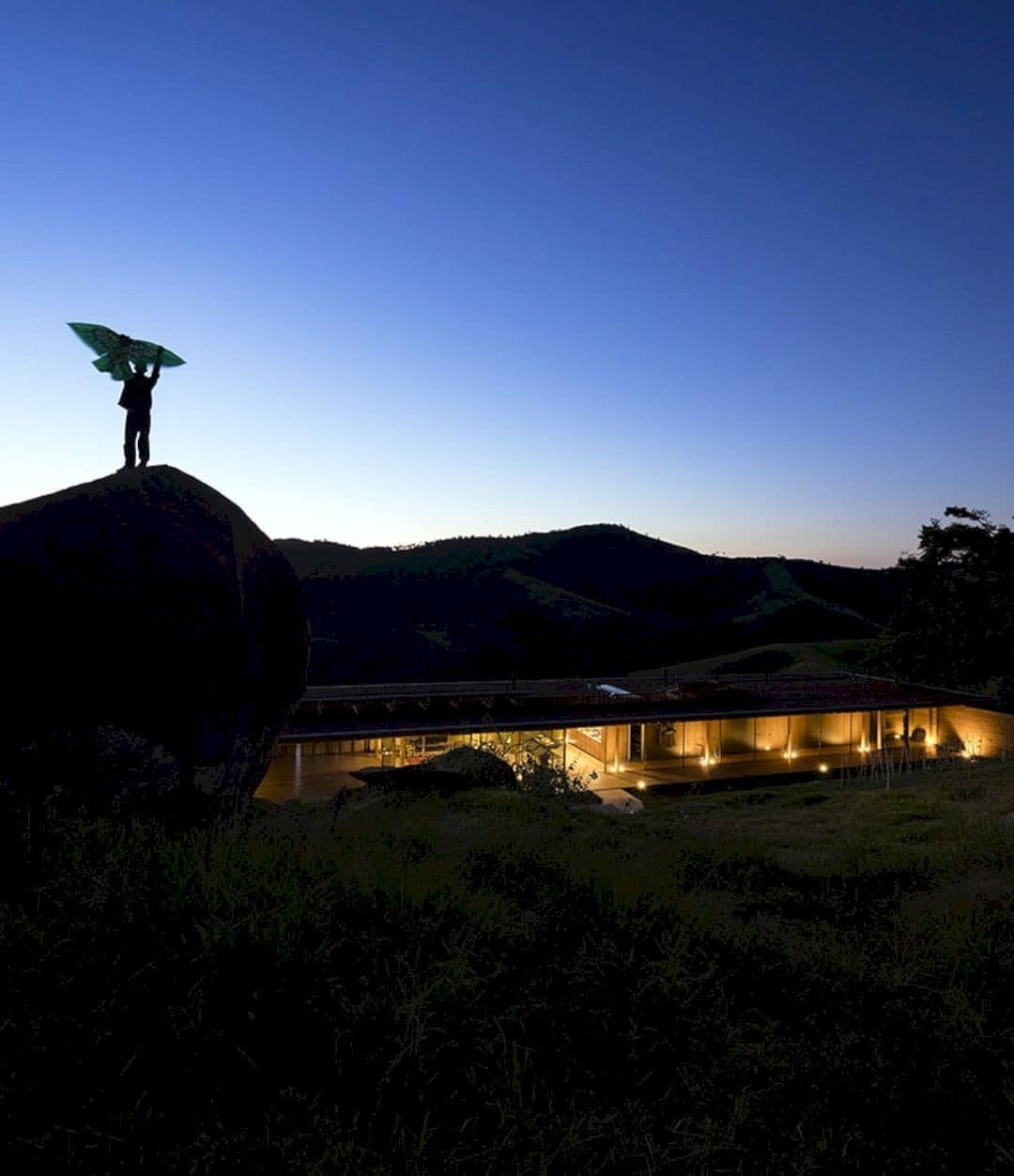
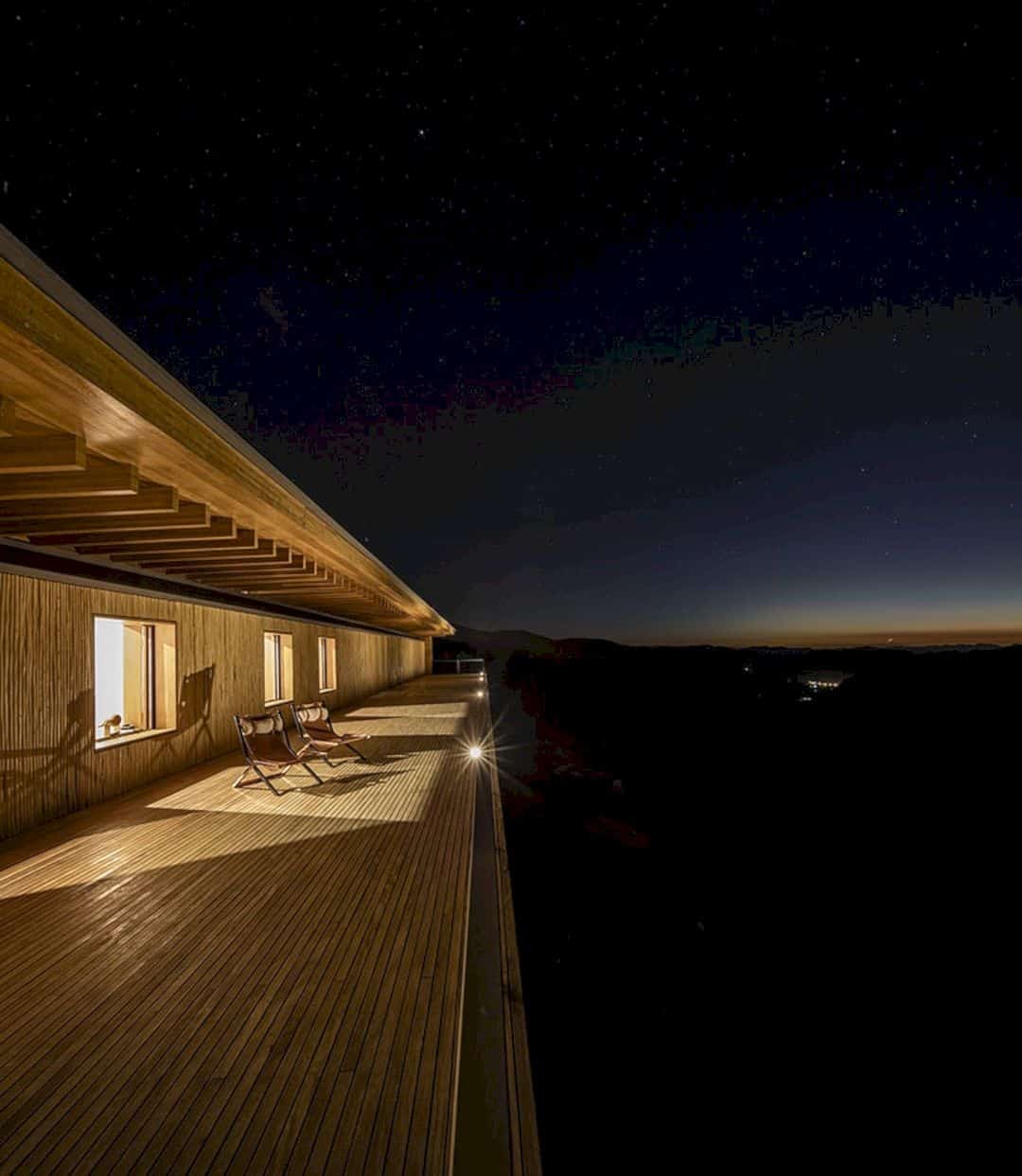
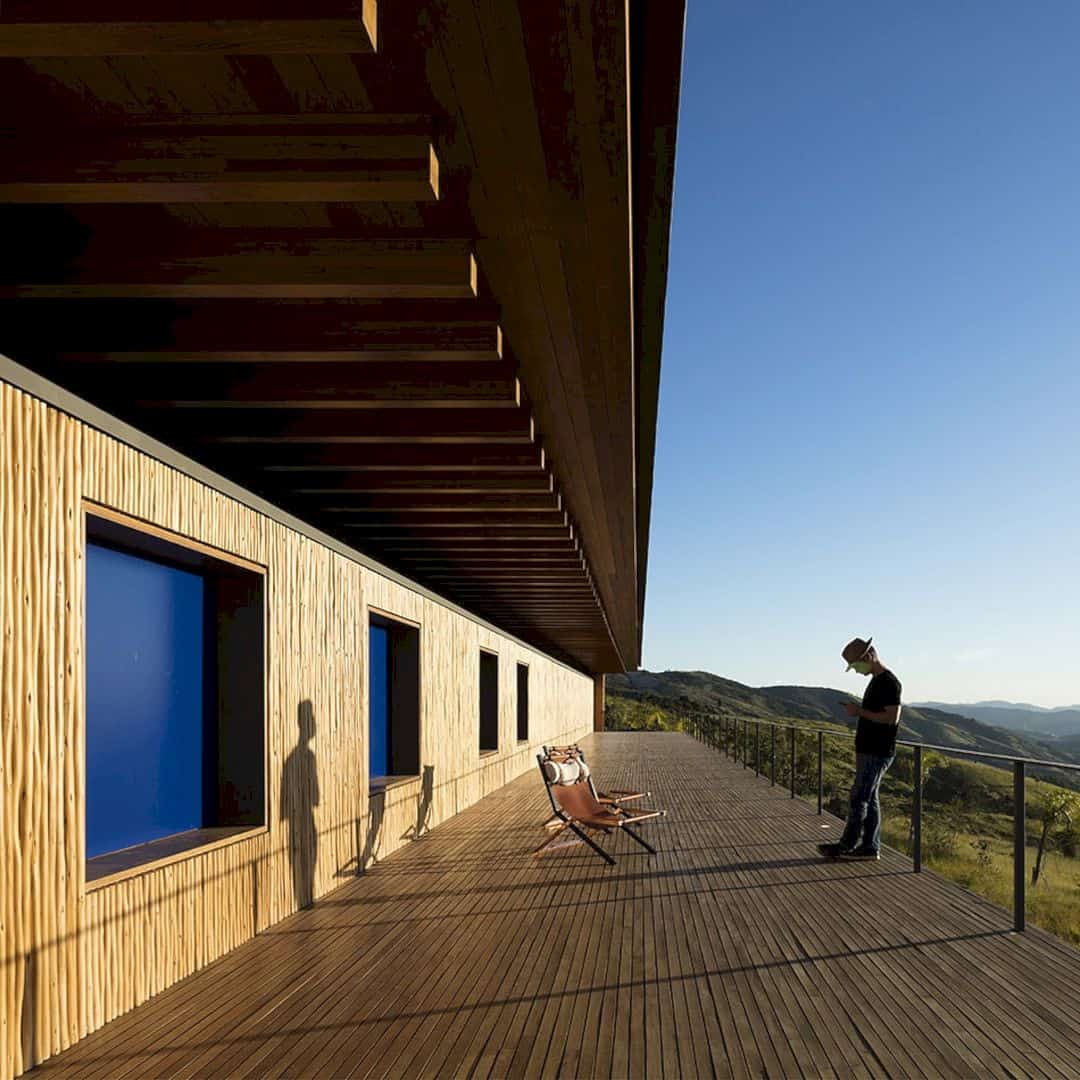
The architect started to sough a radicalization in strategies since 2011, especially to improve the rational use of resources and to minimize environmental impacts during post-occupation and project. This house is not connected to water and the networks of energy. By taking a lot of advantages from the natural site conditions, the architect adds efficient and self-sufficient systems.
Systems
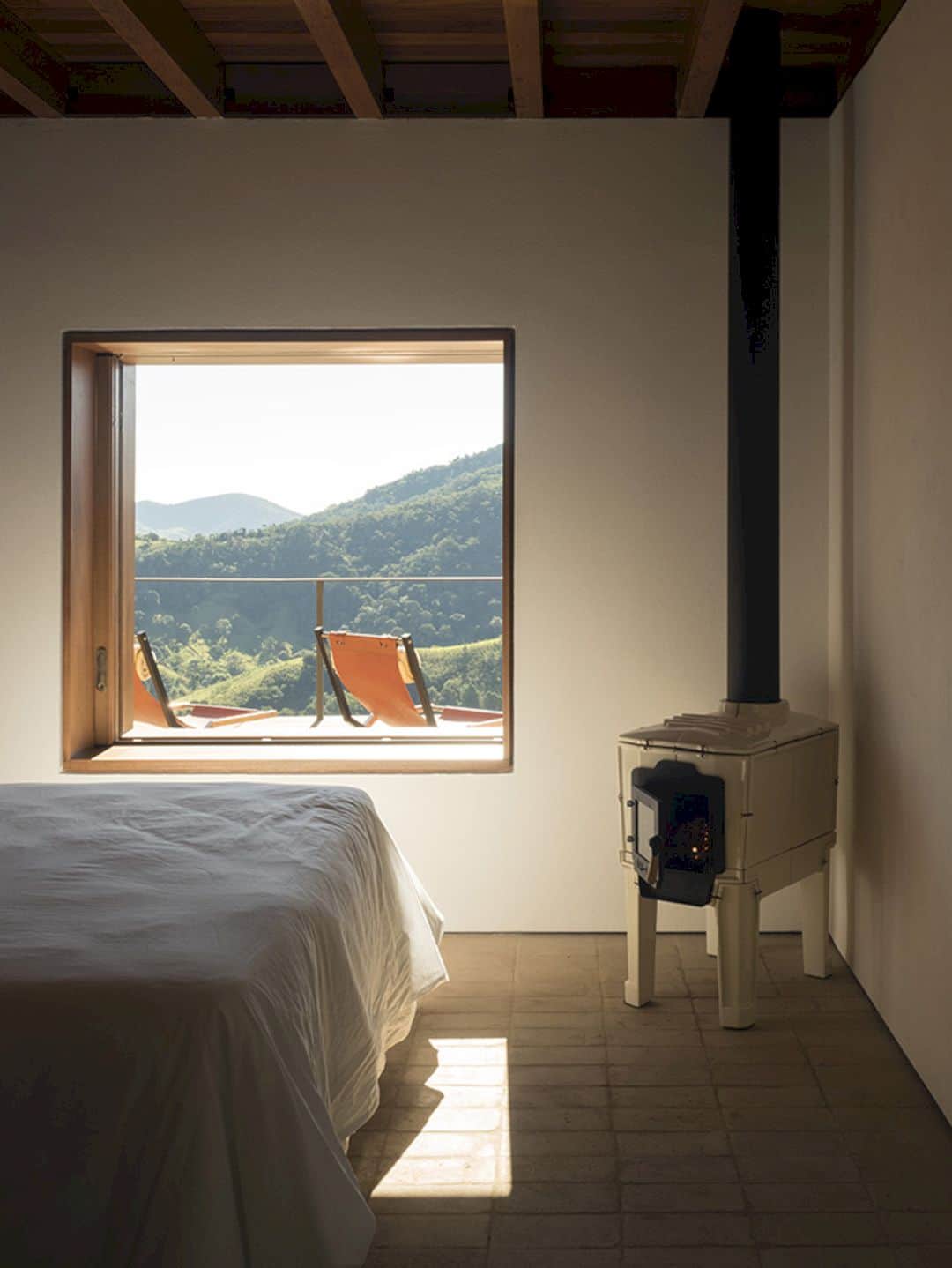
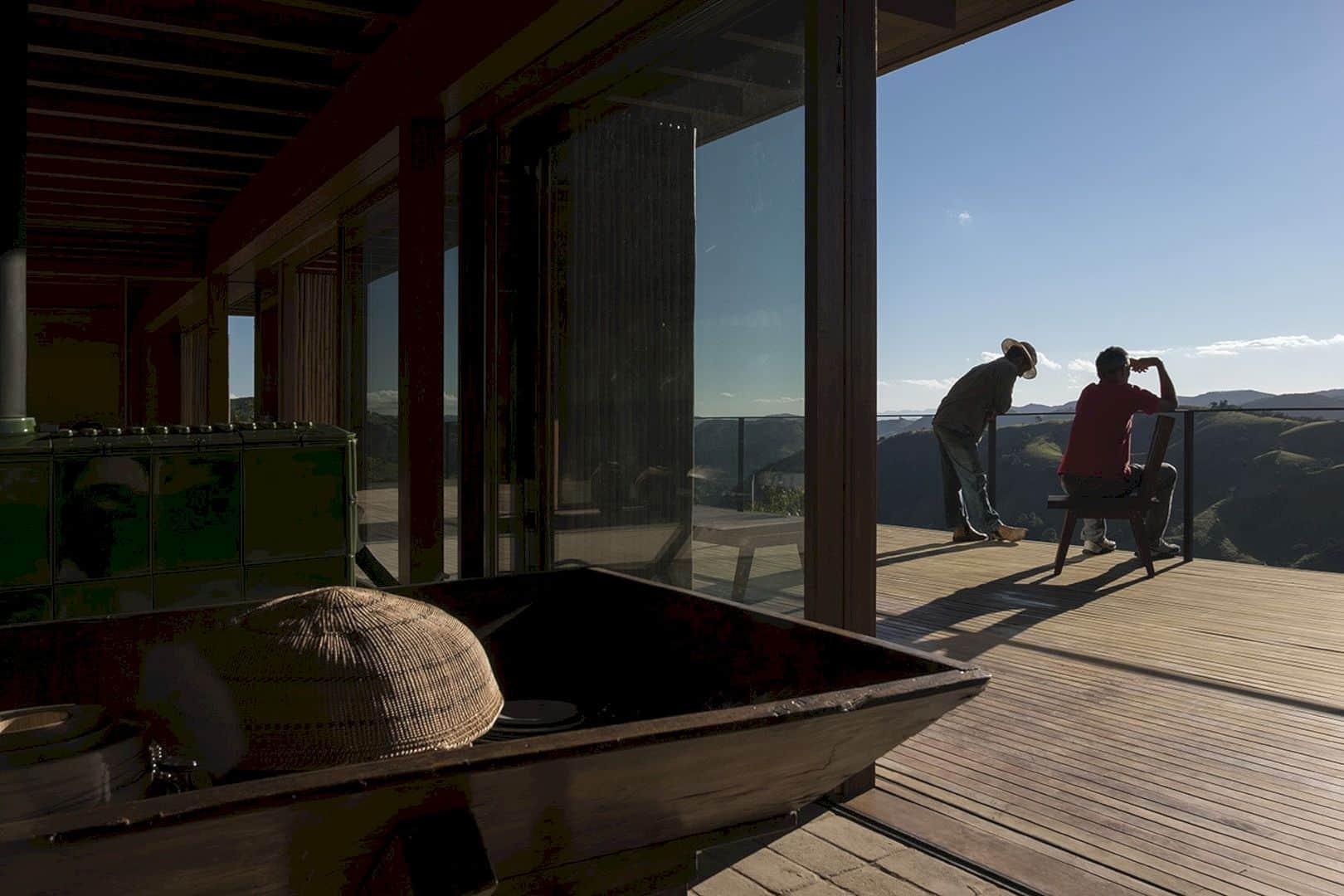
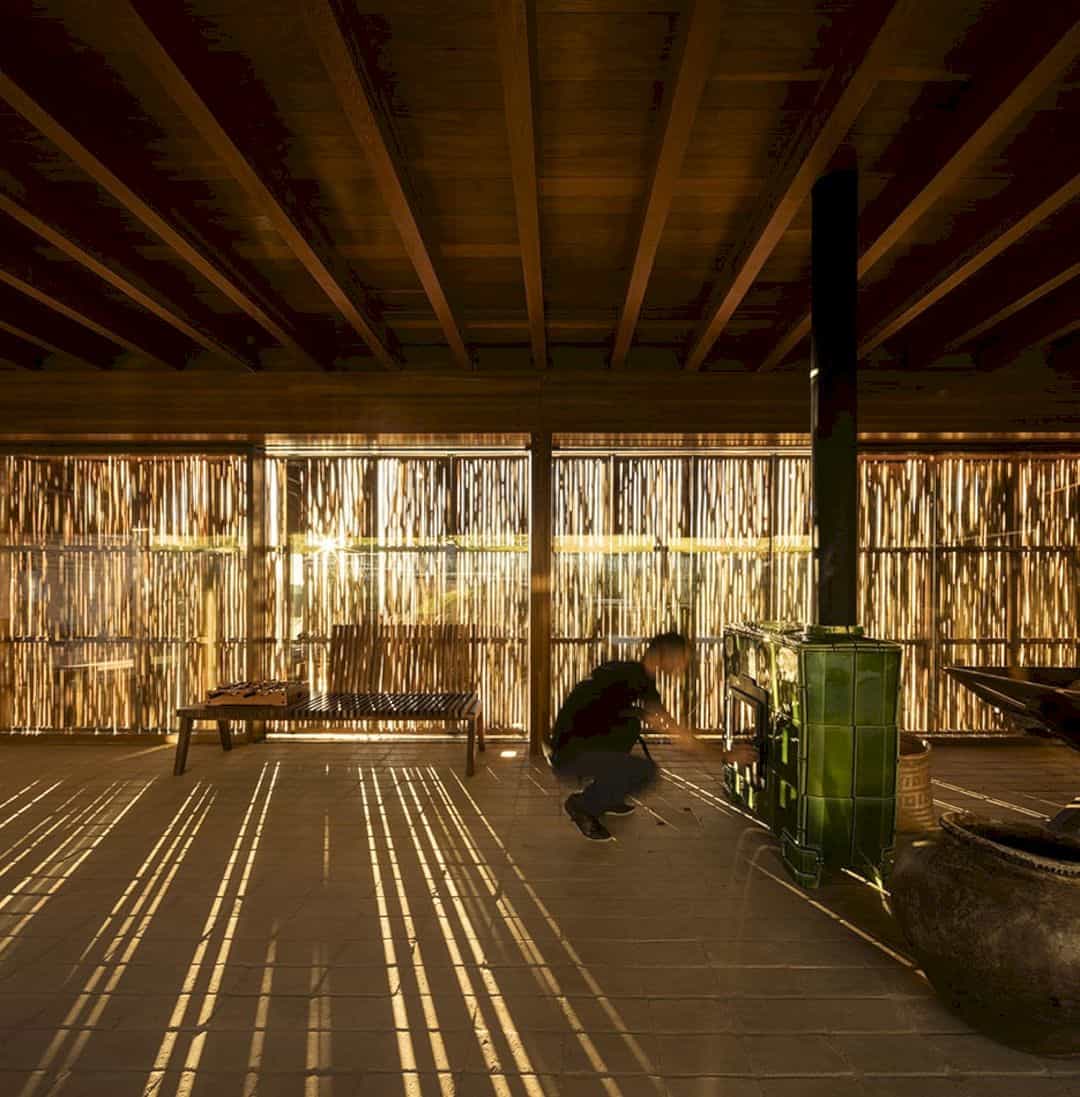
The wind generator, thermal panels, and photovoltaic panels are used together with batteries to provide power generation. The drinkable water comes from rainwater harvesting and local springs with cisterns, completing the house system for additional uses for gardening.
Structure
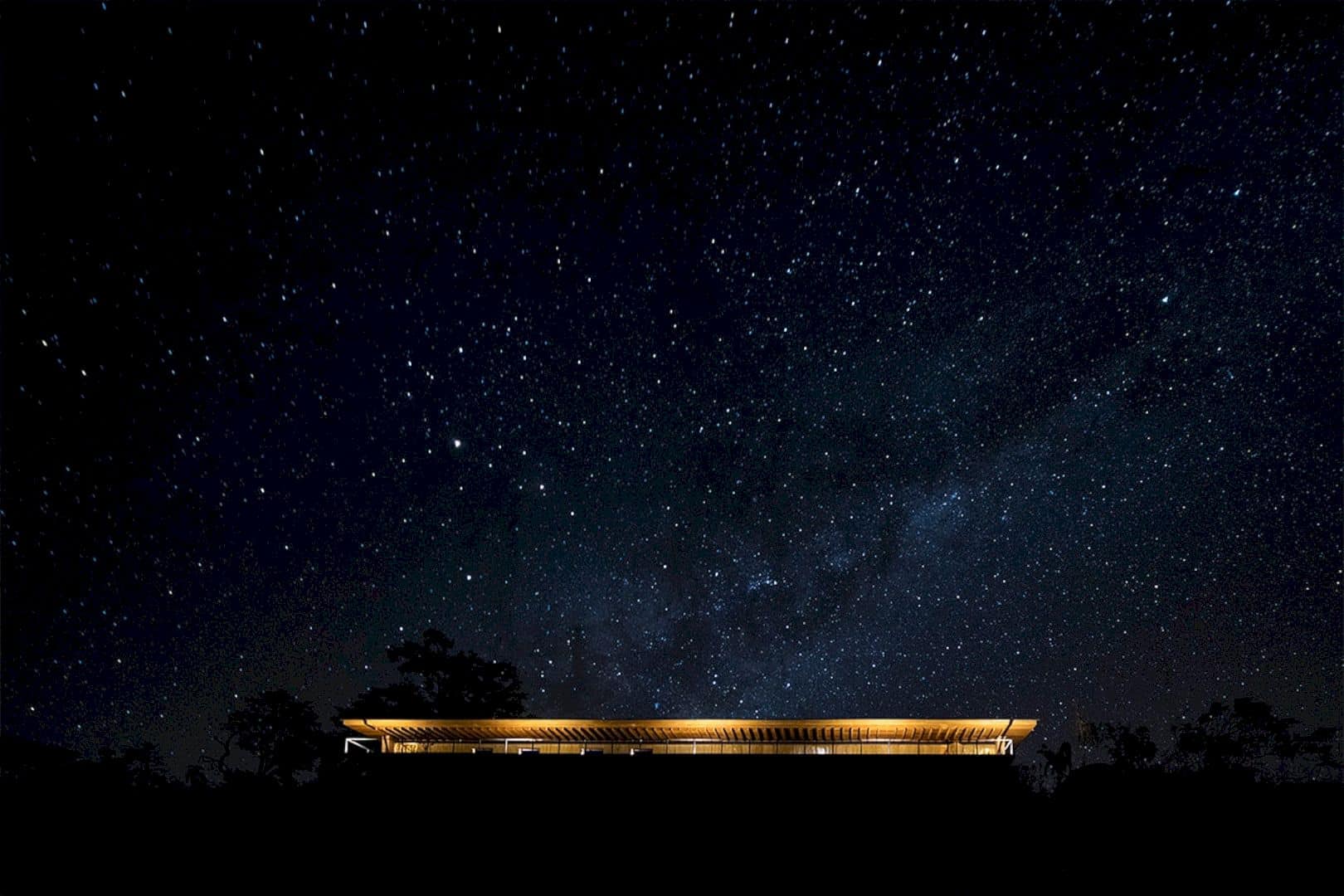
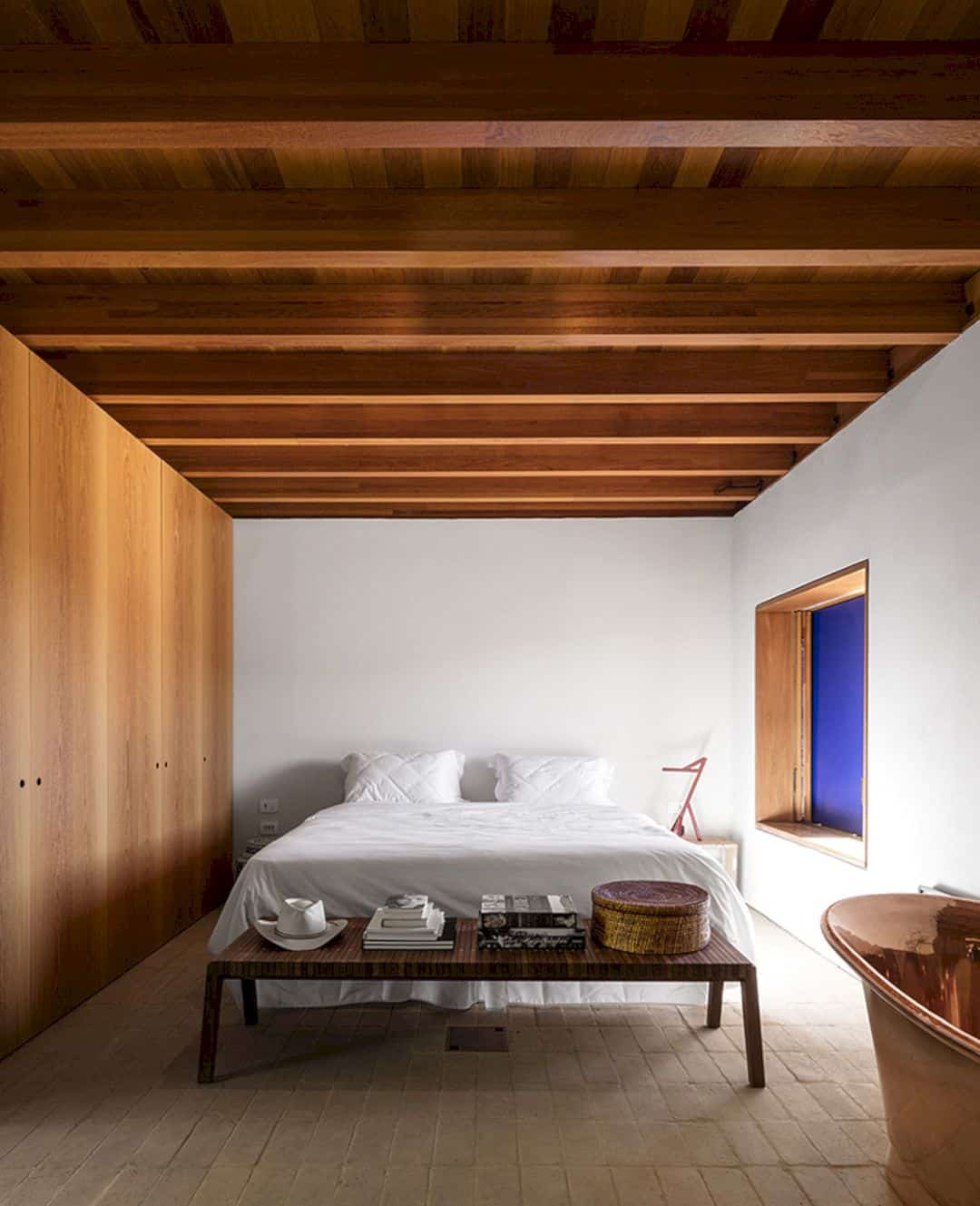
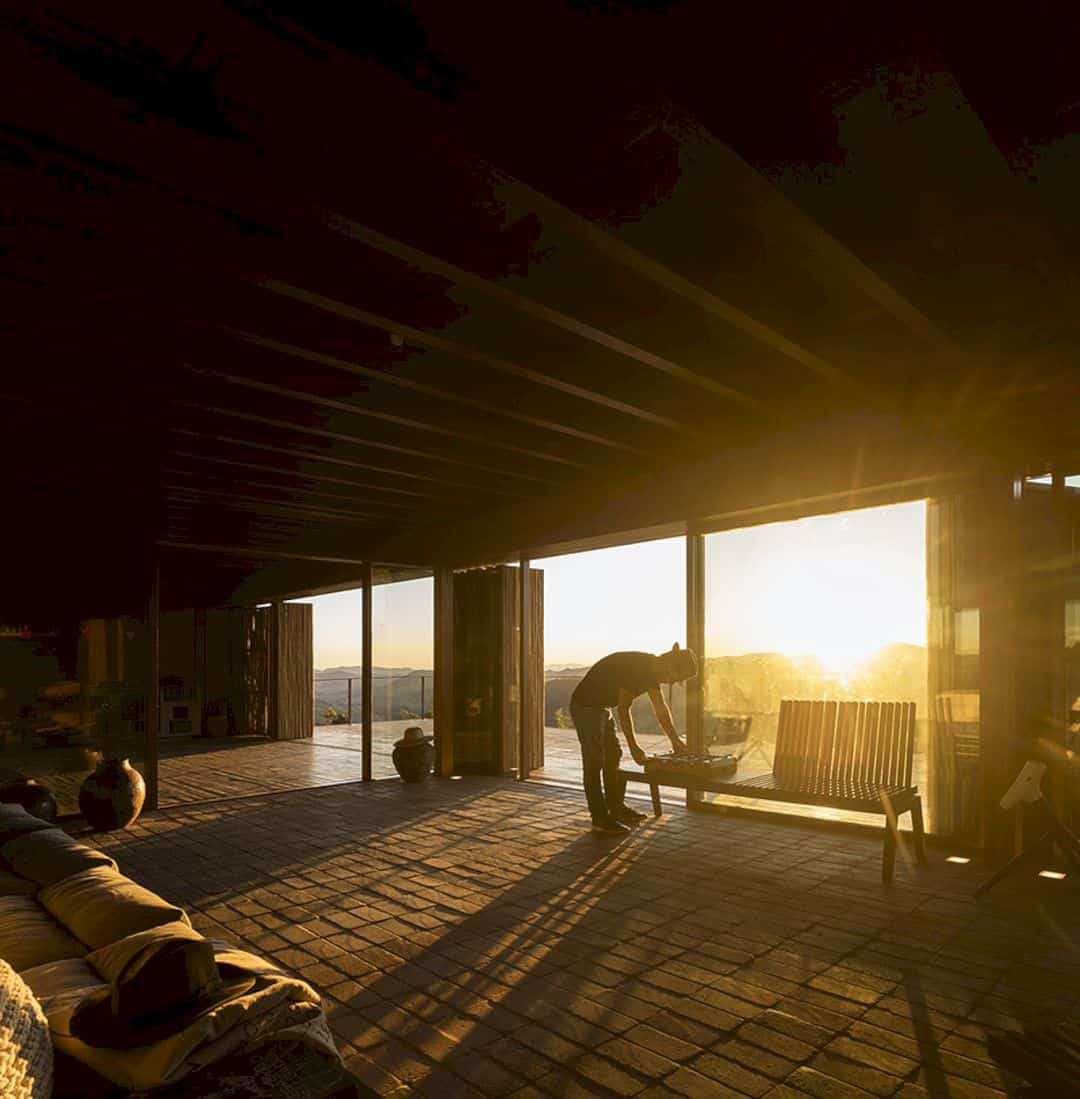
The architect uses FSC cross-laminated timber to build a pre-fab process of the structure. This structure allows the construction in such an isolated environment like this house site because the elements are assembled only in the site like columns and beams. The demand for rational construction systems and sloping topography can lead to the solution that makes this house is detached from its ground.
Materials
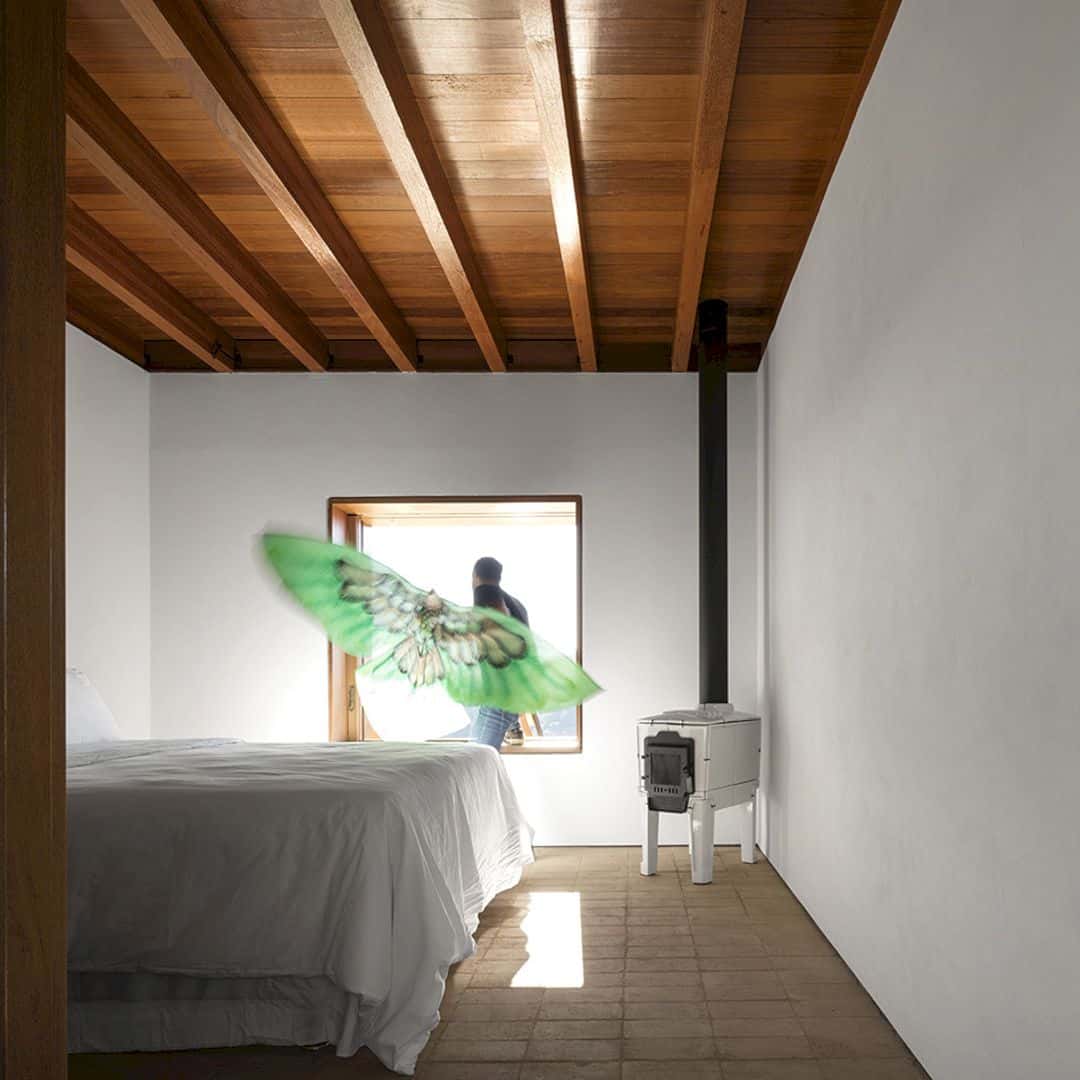
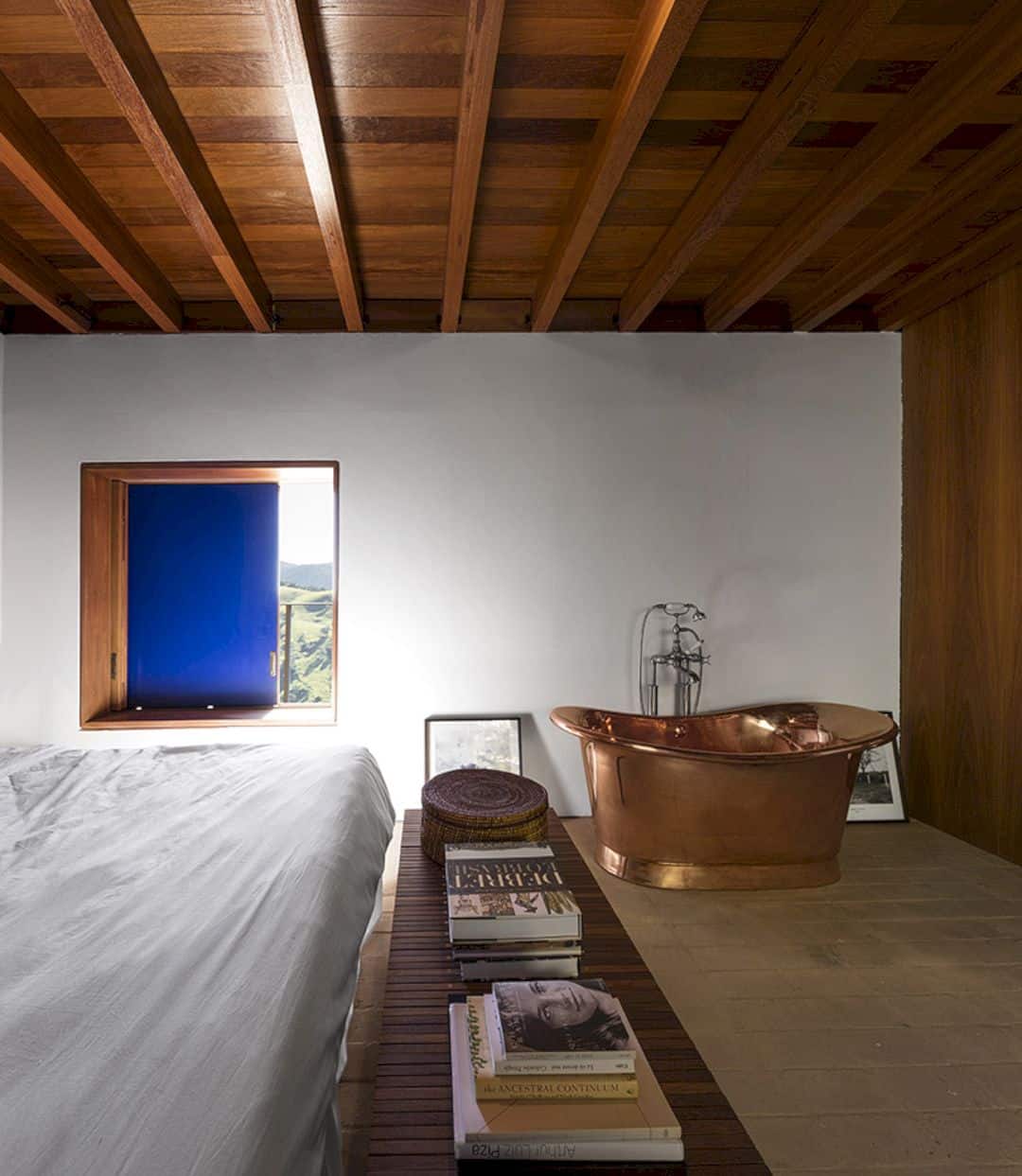
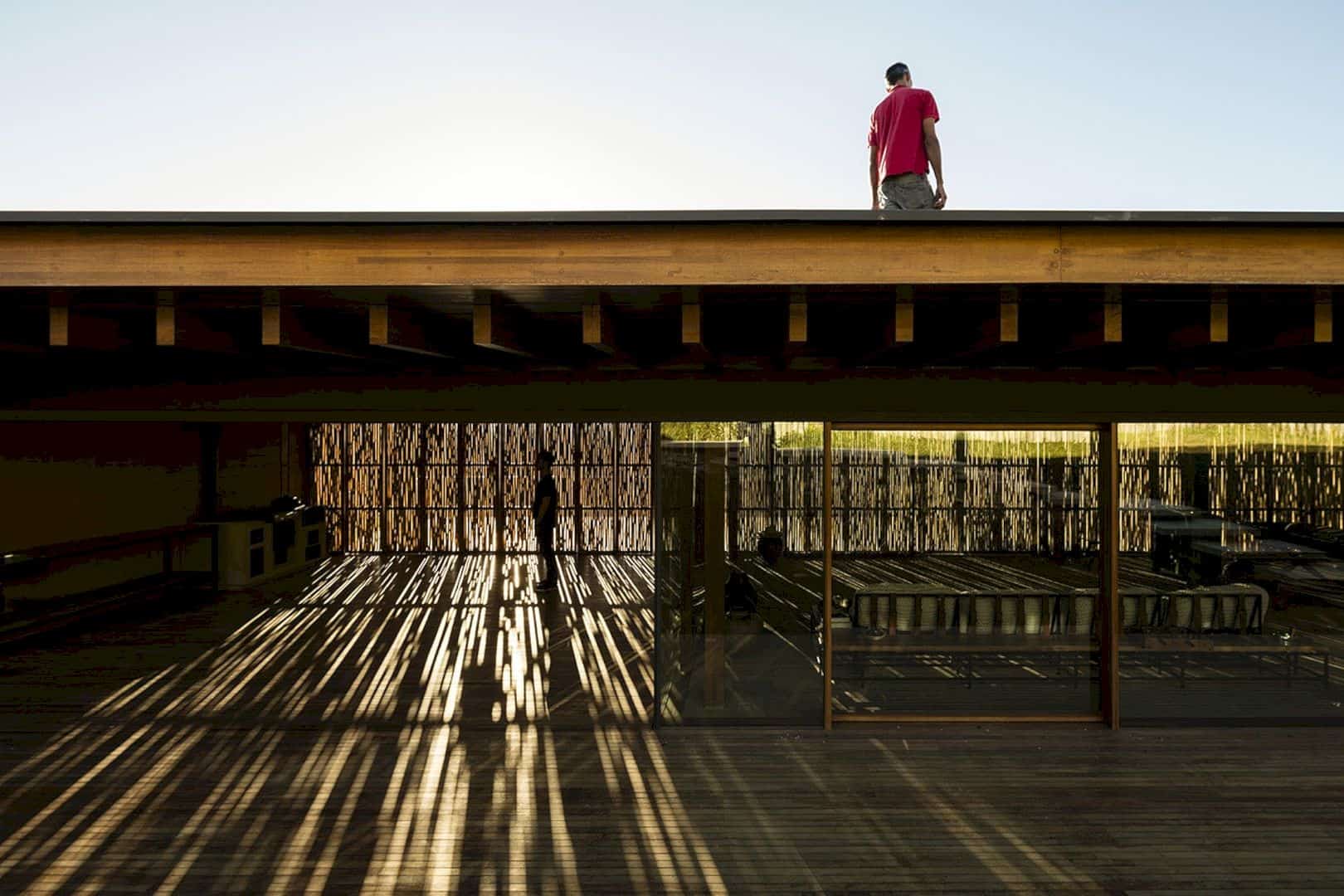
For the house inner floor, the architect uses tiles manufactured locally with earth from the house site. For the sidewalls, a similar solution is also adapted and done in a hammed earth. From the Green Building Council Brazil, this house has been received the Platinum environmental certification. It is the first time award in this country.
Catucaba House
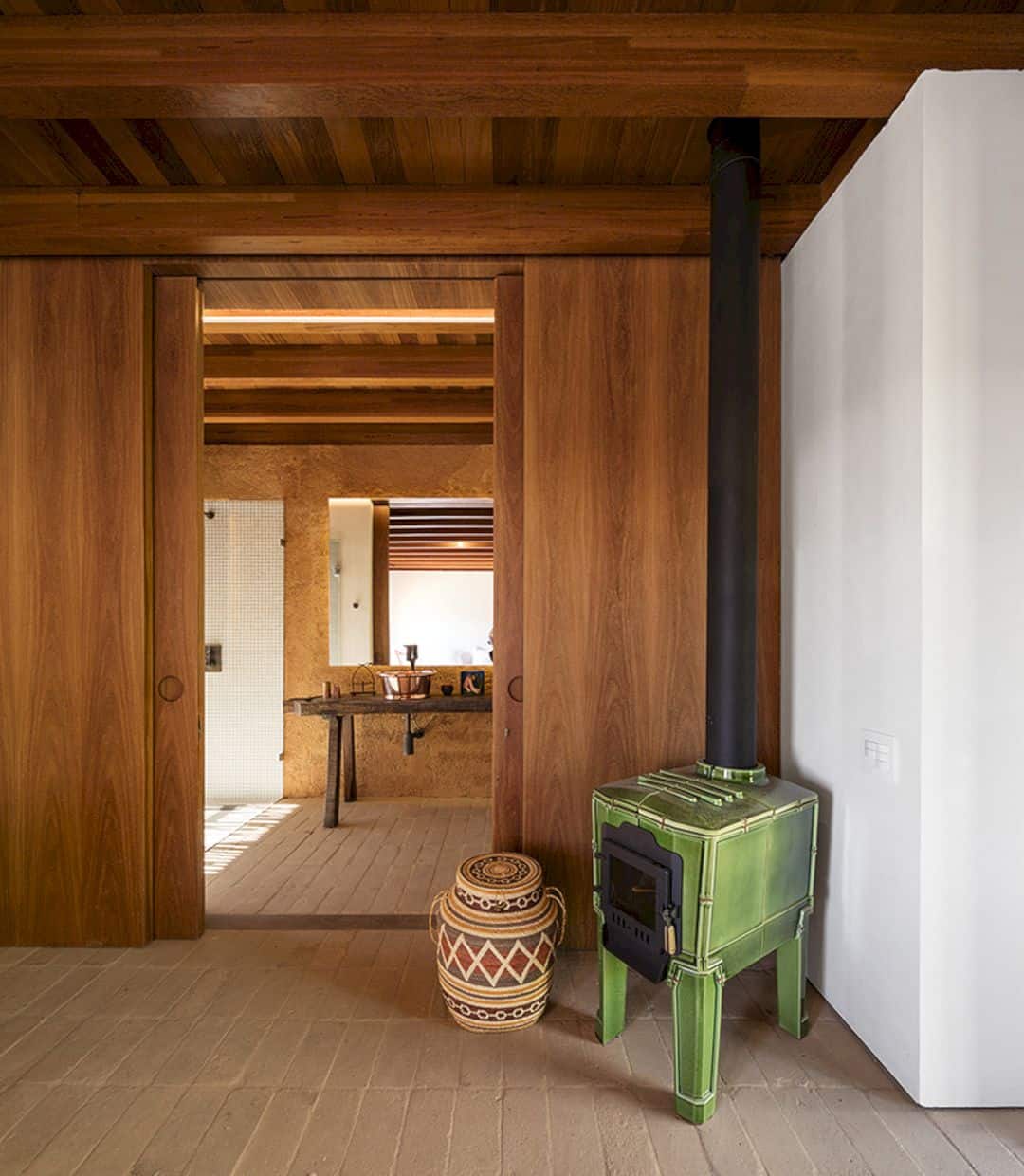
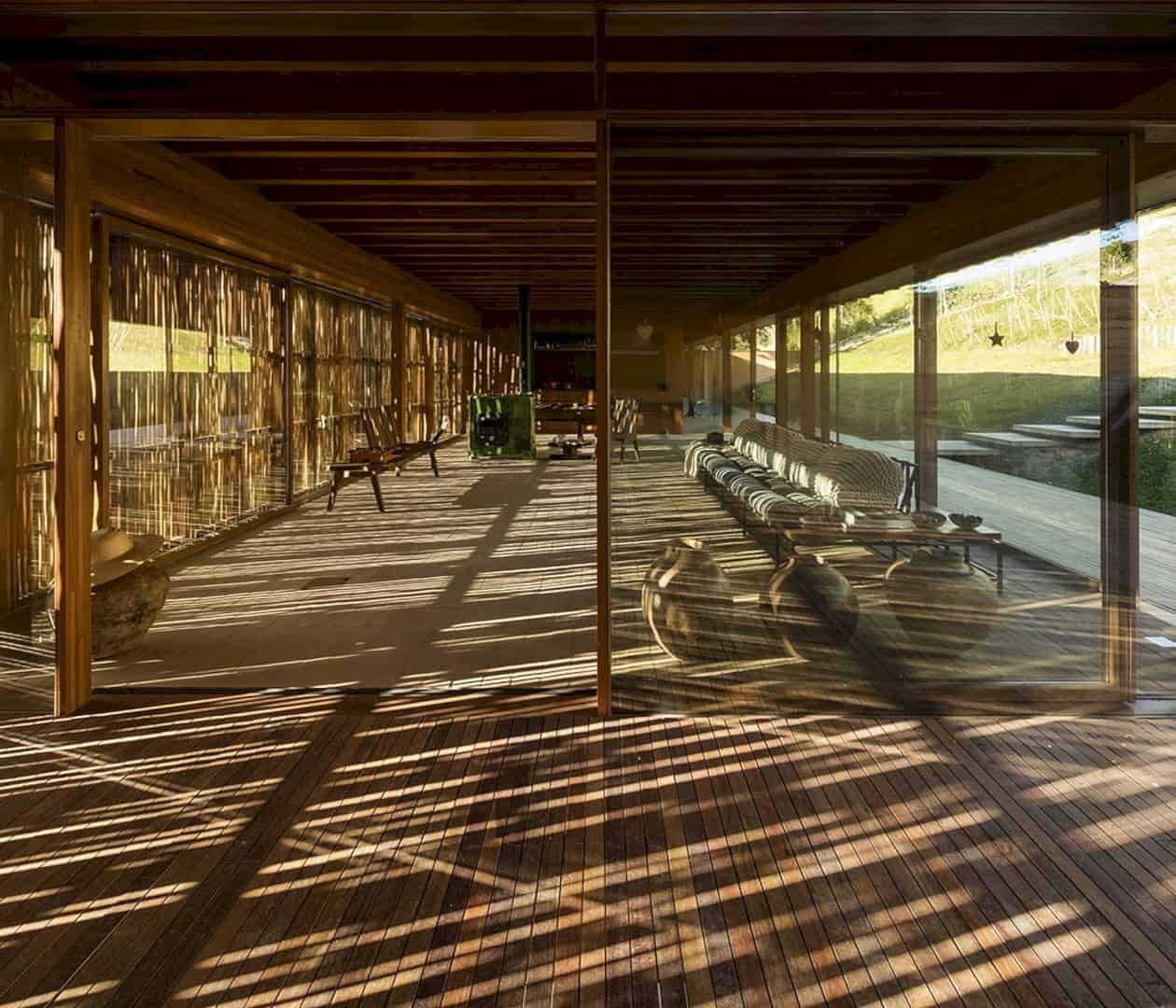
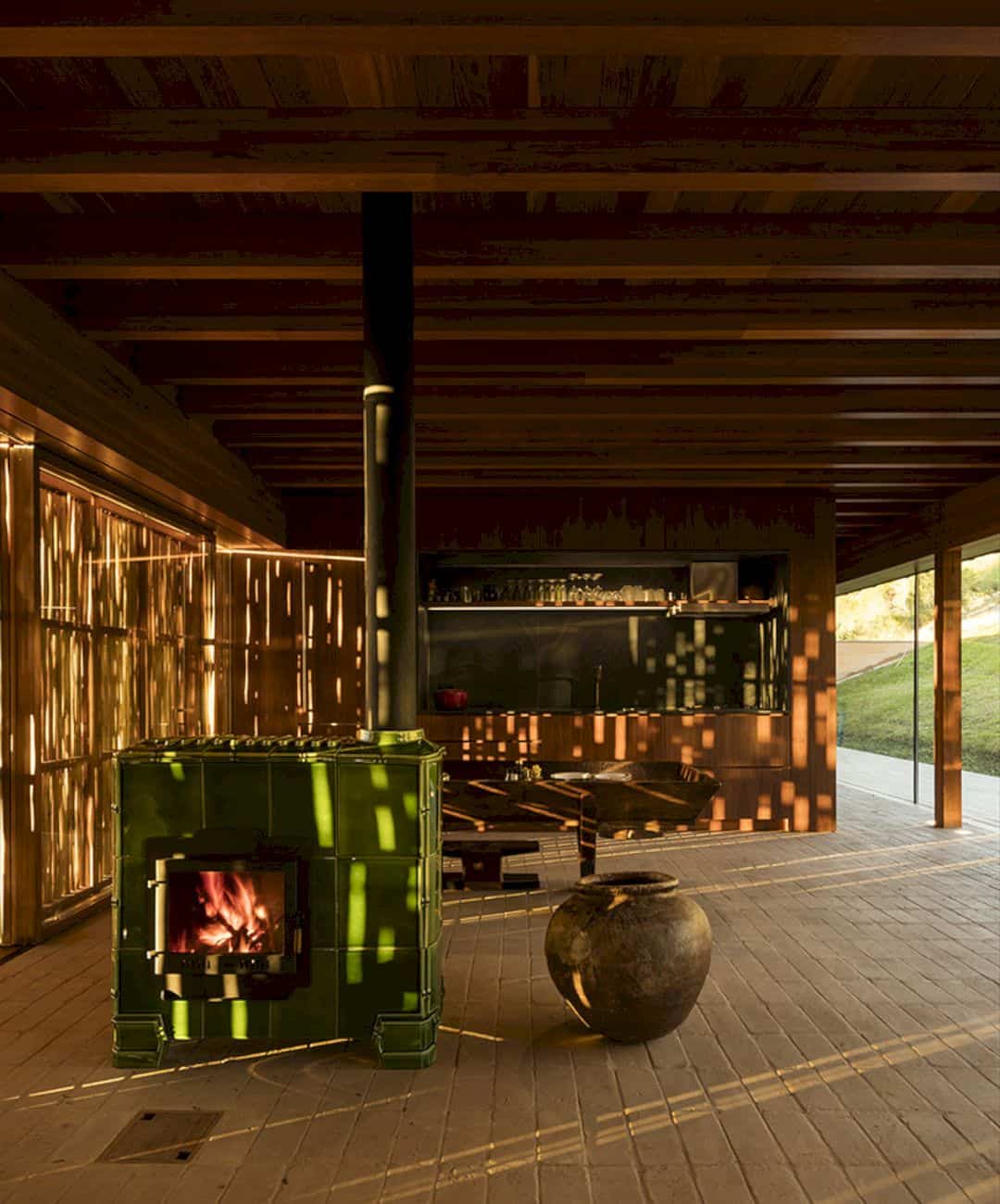
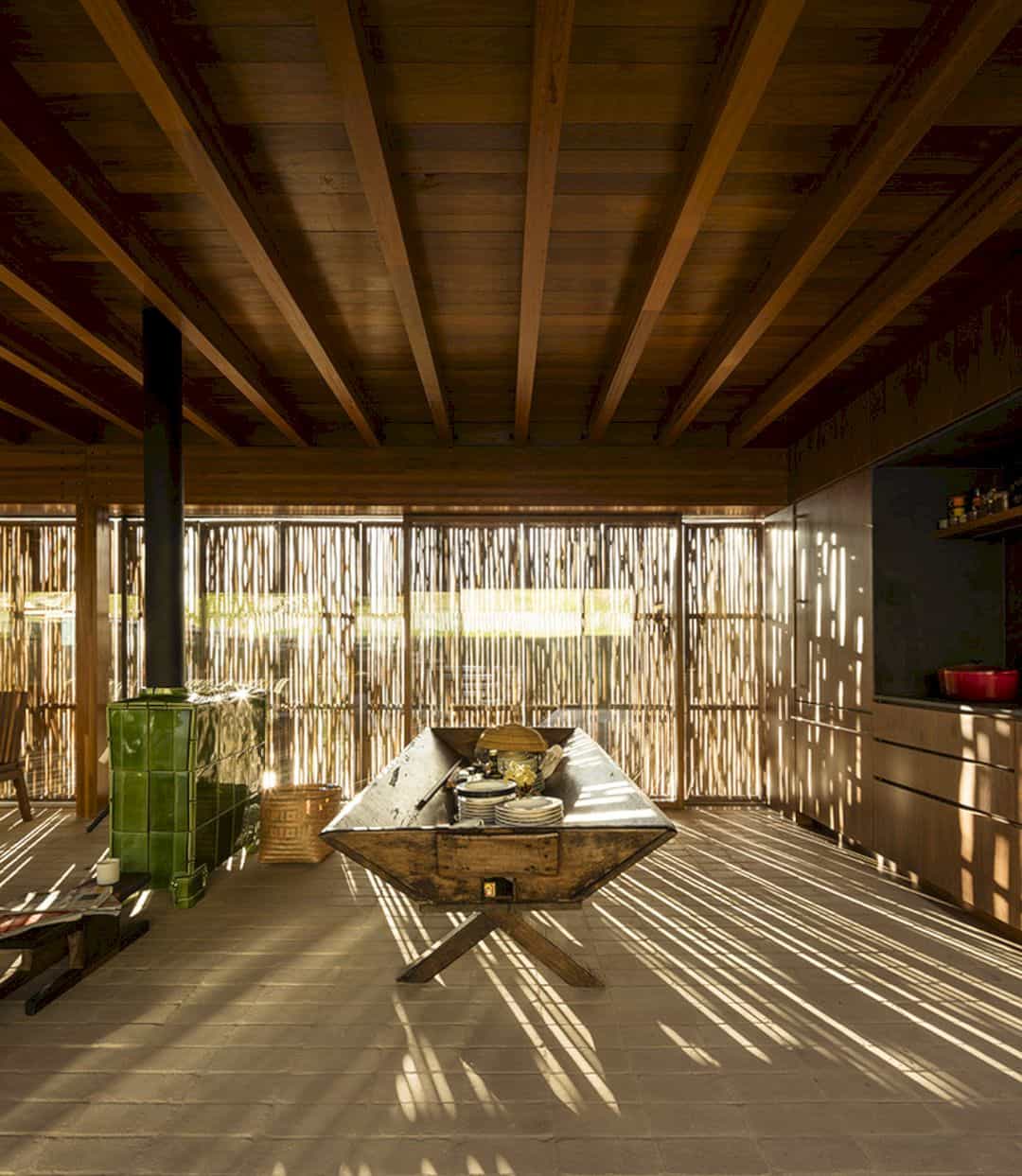
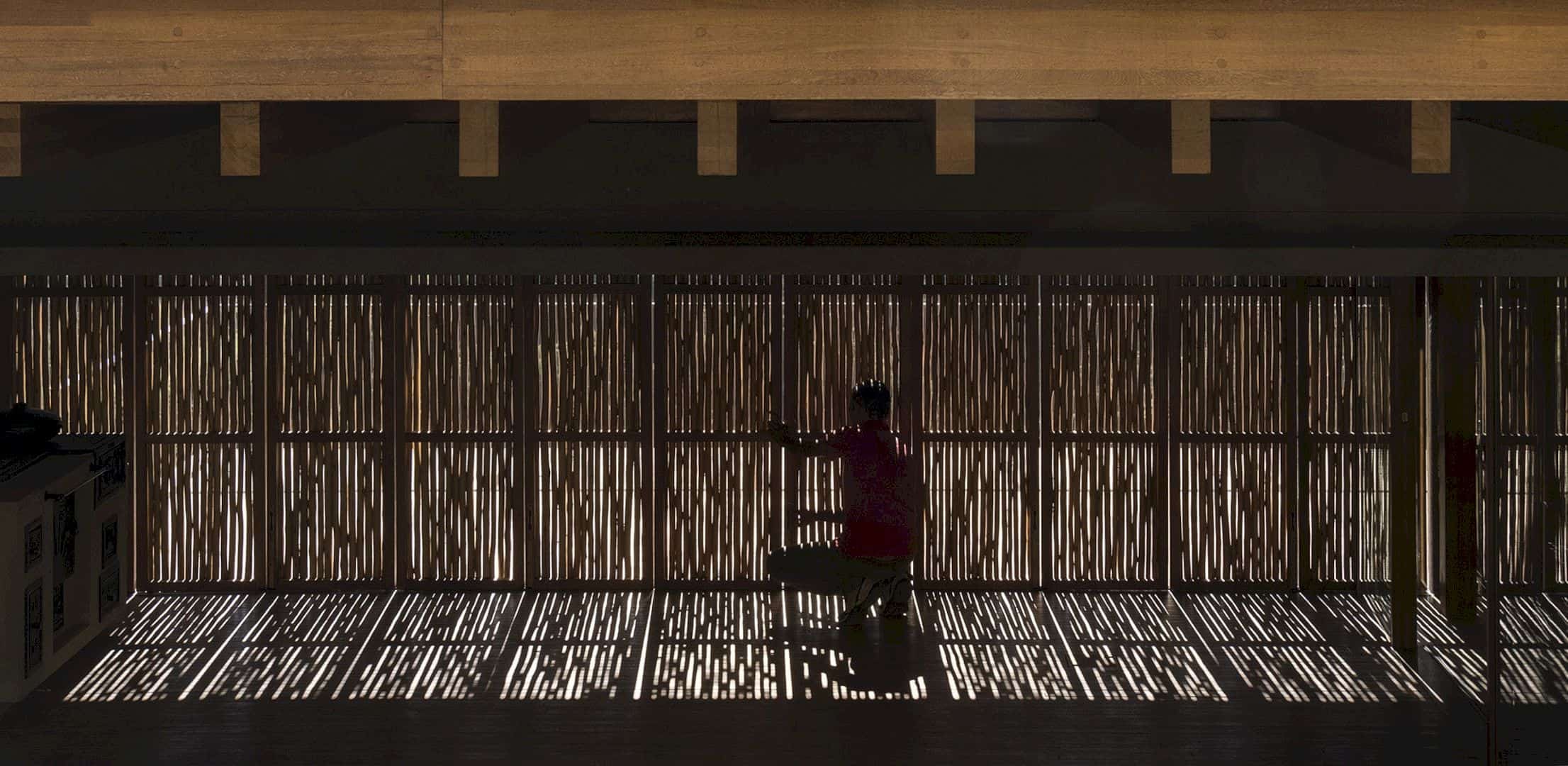
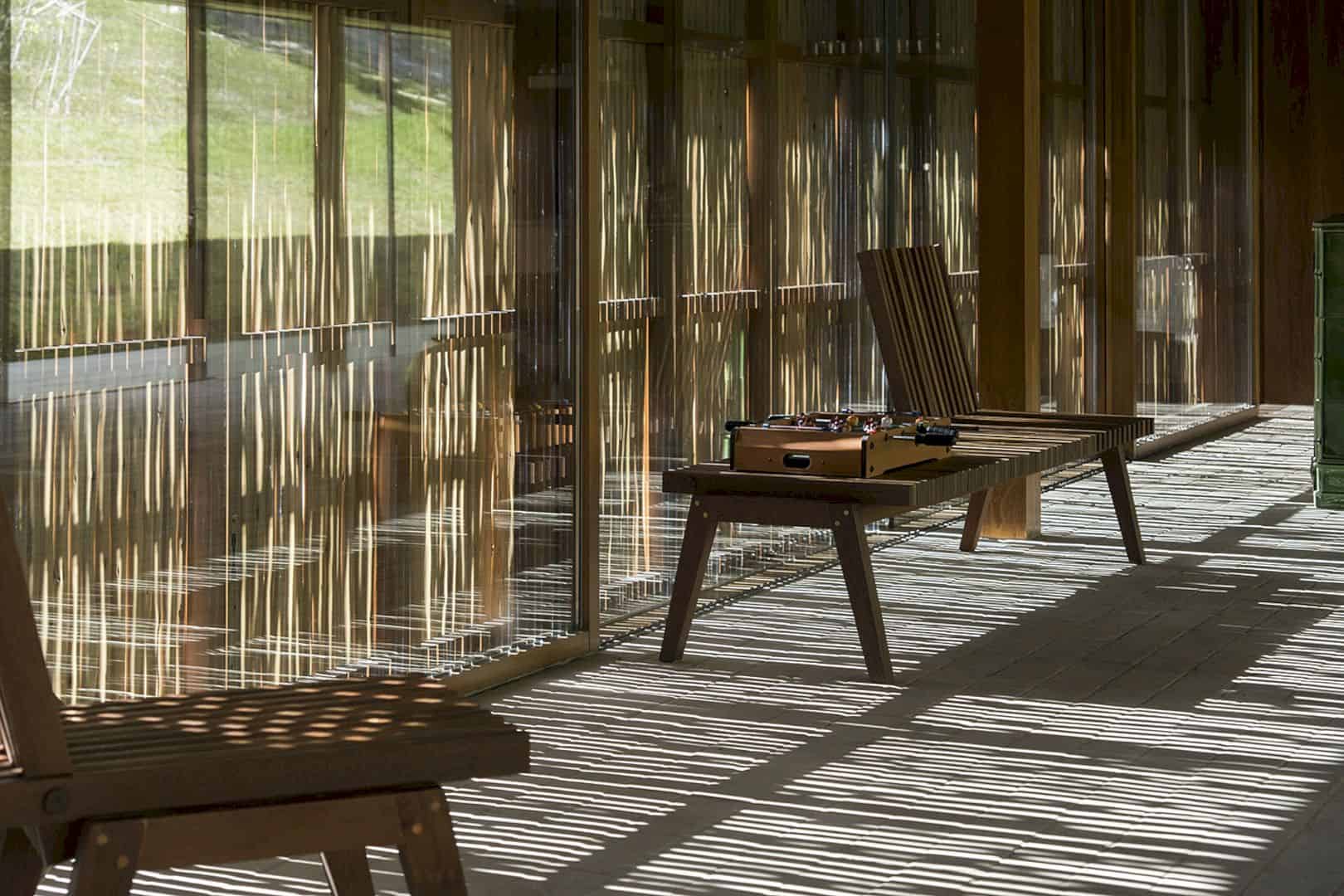
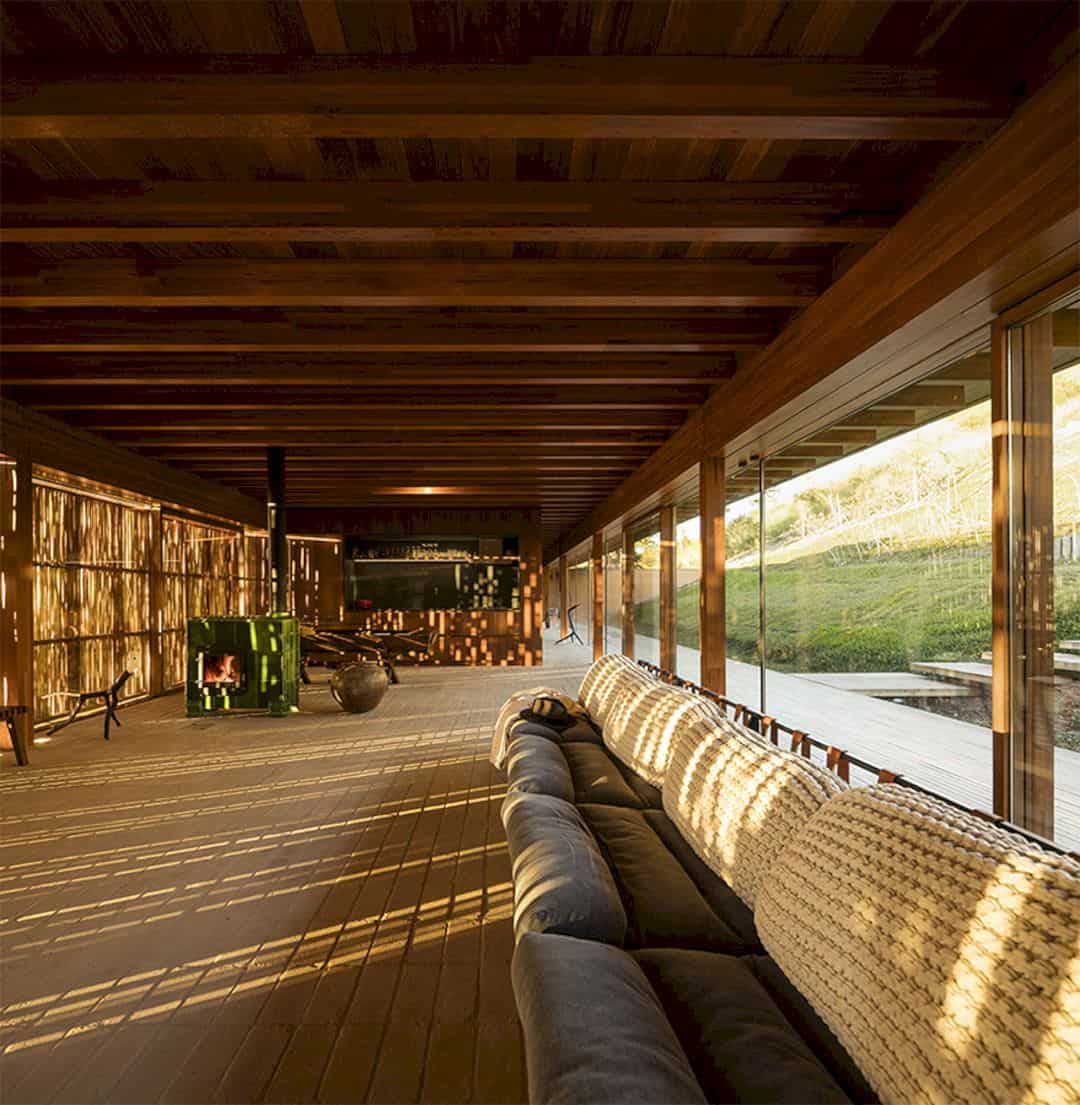
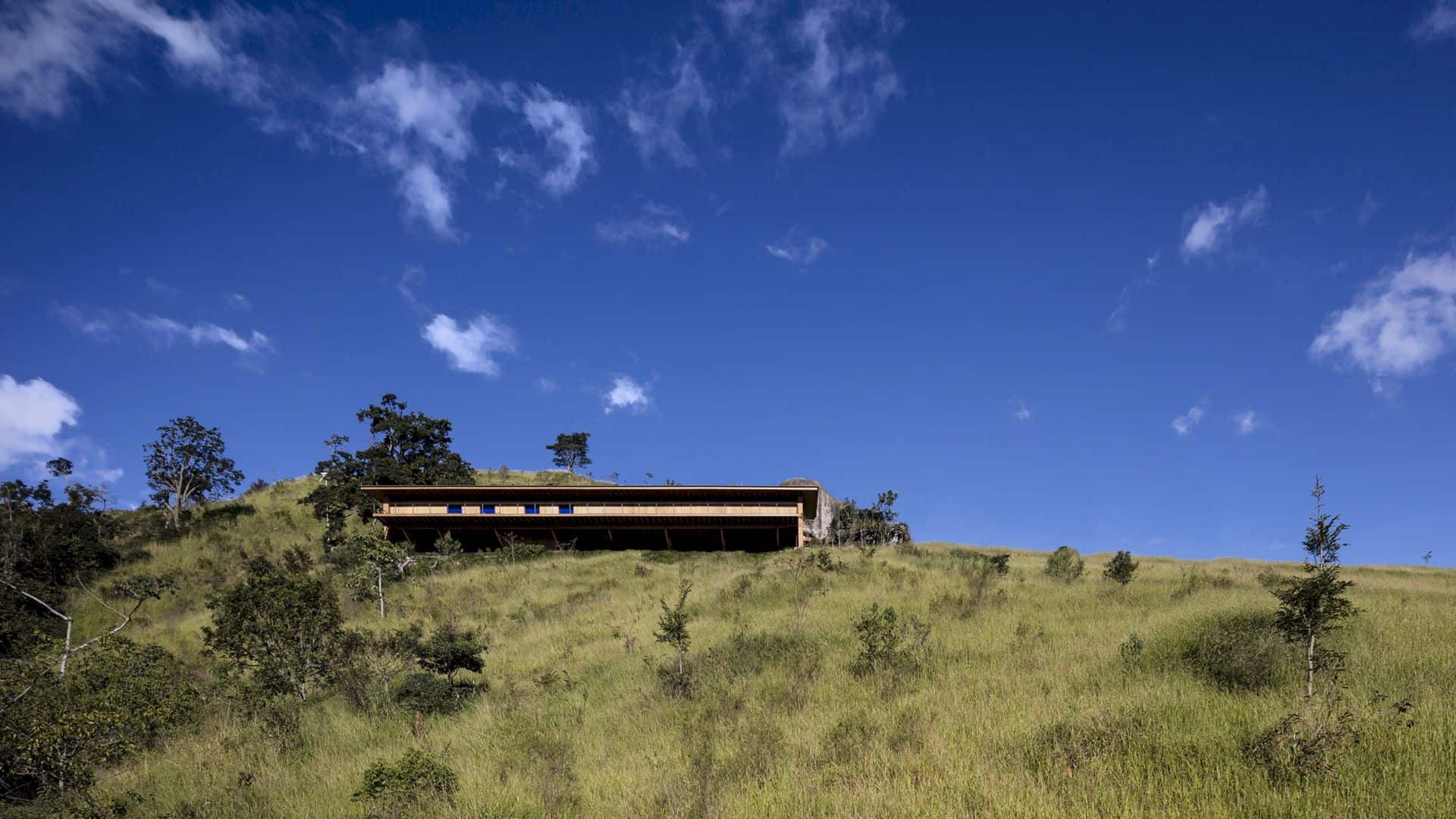
Photographer: Fernando Guerra
Discover more from Futurist Architecture
Subscribe to get the latest posts sent to your email.
